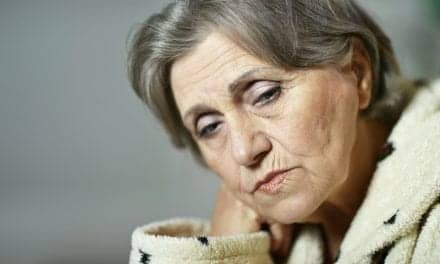A new study presented today at the American Thoracic Society (ATS) 2014 International Conference indicates that a new algorithm developed specifically for how female sleep apnea sufferers breathe and for women who use auto-adjusting positive airway pressure (APAP) therapy can improve flow limitation and enable lower pressures for therapy. This will lead to a more comfortable therapy experience, according to the findings.
This new approach to APAP treatment addresses female-specific obstructive sleep apnea characteristics. Nigel McArdle, MD, consultant physician and research scientist at the West Australian Sleep Disorders Research Institute, Sir Charles Gairdner Hospital, served as lead investigator on the trial and presented the findings from the study, funded by ResMed.
The study findings have the potential to better inform treatment decisions, improve therapy experiences, and increase compliance among women with sleep apnea, according to McArdle.
“We’ve known for a while that sleep apnea presents itself differently in men and women, and that physiological gender differences affect treatment responses,” McArdle says in a release. “With that in mind, we designed this trial, the first of its kind, to investigate the possibility of a new treatment algorithm to make APAP therapy more effective and comfortable for women with sleep apnea.”
Using the principles of APAP therapy, researchers at the University of Western Australia, the Western Australian Sleep Disorders Research Institute, and the ResMed Science Centre developed the new treatment algorithm to proactively address female-specific characteristics of sleep apnea. The algorithm has been designed to reflect the fact that respiratory events in women are typically shorter in duration, that female apneas occur mainly in the rapid eye movement phase of sleep, and that airflow is frequently constrained but not altogether blocked in female patients.
Researchers found that the proportion of flow-limited breaths was significantly lower with the new algorithm than with standard APAP, and mean mask pressure tended to be less.
“The overlooked gender differences of sleep apnea can make treatment uncomfortable and less effective for women,” says Jeff Armitstead, PhD, vice president of medical affairs, ResMed. “As we learn more about the condition and seek to improve ways to treat it, gender-specific approaches are an obvious next step, and are in line with ResMed’s history of innovative, patient-centric solutions. We’ll continue to support research in this area and seek to translate the knowledge gained into effective therapies.”




